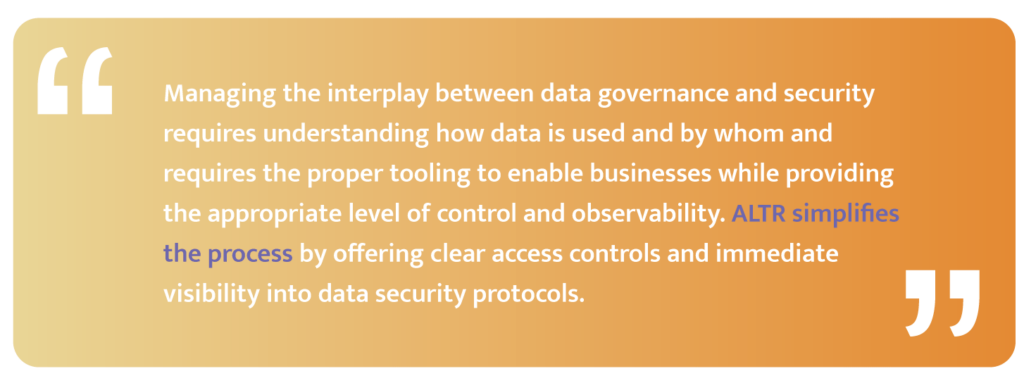Organizations don’t have the time or resources to waste on technologies that don’t work or are difficult to assemble. Creating a future-proof data stack allows organizations to avoid adoption fatigue, build a data-centric culture, keep data secure and make the most of technology investments. We interviewed Pat Dionne, CEO of Passerelle, to find out the prerequisites for a successful data modernization strategy and why data governance plays a critical role in your data ecosystem.
What are the biggest challenges customers face when building a modern data architecture?
It isn’t hard to build a modern data stack – there are a dizzying variety of tools, and each comes with a compelling value proposition. The biggest frustration customers have after they have made the investment and have started trying to get an ROI from their tools. While ingestion can be simple, assembling data into reusable and manageable assets is much more complex. Data modeling and data quality directly impact an organization’s ability to maximize value and agility and are critical for finding a return on the technology investment. Unfortunately, the latter is often forgotten in the decision process.
What components are vital to successful data modernization projects?
When it comes to data modernization, it is critical to have a collaborative approach to cataloging and securing data across an organization. Collaboration builds consensus on data classification terms and rules, creating a universal definition of data asset ownership and a clear understanding of what is required to access data. The more complicated the access scenarios, the more critical it is to have a transparent, cohesive implementation strategy. Similarly, it is essential to invest in tools that support collaboration. For example, we like the simplicity and elegance of ALTR’s solution enabling data governance and security teams.
What role do data governance and data security play in modern data architecture?
Data governance moves data security from a controlling function to an enabling function, while data security protects data from unauthorized access and use. Data governance cannot exist without robust data security; in turn, data security should not inhibit business agility and creativity. Managing the interplay between data governance and security requires understanding how data is used and by whom and requires the proper tooling to enable businesses while providing the appropriate level of control and observability. ALTR simplifies the process by offering clear access controls and immediate visibility into data security protocols.

How do you foster a culture of data governance?
For data governance programs to succeed, IT and business stakeholders need to see the value in implementation and adoption. Tying data governance programs to business use is the ultimate unifier – it requires bringing together data stewards, business-line decision-makers and data engineers to a collective understanding of their roles and responsibilities. We refer to this as “Data as a Team Sport.” We are firm believers in use-case-based development – it is easier to get people on board when you have proven results and vocal champions.
What advice would you give to a company starting its data modernization journey?
Introducing practical data governance at the onset of data modernization is easier. Most of the time, organizations will introduce tools and proficiencies throughout a data modernization initiative – the proper data governance practices and tools will apply to every step of that modernization journey and scale with use. In building terms, it is easier to provide structural support with a sturdy foundation than to rely on scaffolding once the walls start to go up.
How do you predict the data management landscape will change in the next 3-5 years?
I see three major trends in the next three to five years:
- First, we will see an increase in automation and intelligence in data management tooling, fueled by AI developments and human brilliance.
- Organizations will demand more integrated solutions to reduce technical debt and manage leaner technology stacks.
- Not only will we see increased regulatory compliance requirements, but we will also enter an era of enforcement, where the government will become more aggressive at enforcing data privacy laws.

Pat Dionne, CEO of Passerelle
Passerelle offers solutions for business growth and results, and with that, a team of experienced technical contributors and managers and the innovative technologies to create the right solution for clients. Pat is at the heart of this synergy, bringing a deep understanding of the modern technologies capable of addressing today’s complex data business challenges, as well as the proven capacity to build and empower highly effective teams.


